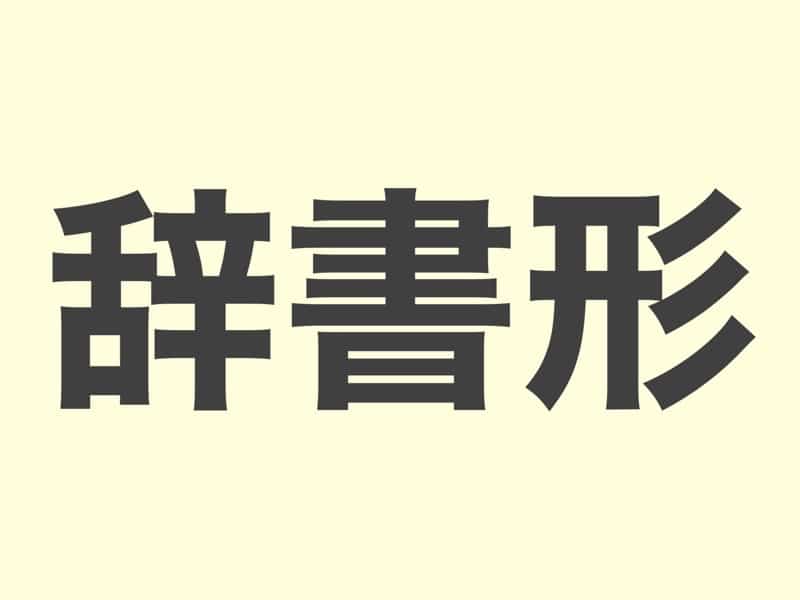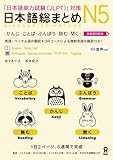The dictionary form (辞書形) of Japanese verbs, also known as the plain form, is one of the most important conjugations to master. This form is the default, non-polite way of expressing verbs and is used frequently in casual conversations, dictionaries, and grammatical structures. Let’s dive into this essential part of the language and build a solid foundation for your Japanese learning journey!
JLPT Textbook Recommendations
Group 1 (U-Verbs)
Rule: For Group 1 verbs, replace the final “i” sound of the verb stem with its corresponding u sound.
| Verb(masu form) | Dictionary Form |
| かいます (kaimasu) | かう (kau) |
| はたらきます (hatarakimasu) | はたらく (hataraku) |
| およぎます (oyogimasu) | およぐ (oyogu) |
| はなします (hanashimasu) | はなす (hanasu) |
| まちます (machimasu) | まつ (matsu) |
| あそびます (asobimasu) | あそぶ (asobu) |
| のみます (nomimasu) | のむ (nomu) |
| わかります (wakarimasu) | わかる (wakaru) |
Group 2 (Ru-Verbs)
Rule: Simply remove ます (masu) and add る (ru).
| Verb(masu form) | Dictionary Form |
| たべます (tabemasu) | たべる (taberu) |
| ねます (nemasu) | ねる (neru) |
Group 3 (Irregular Verbs)
Rule: These verbs are irregular and must be memorized.
| Verb(masu form) | Dictionary Form |
| します (shimasu) | する (suru) |
| きます (kimasu) | くる (kuru) |




コメント